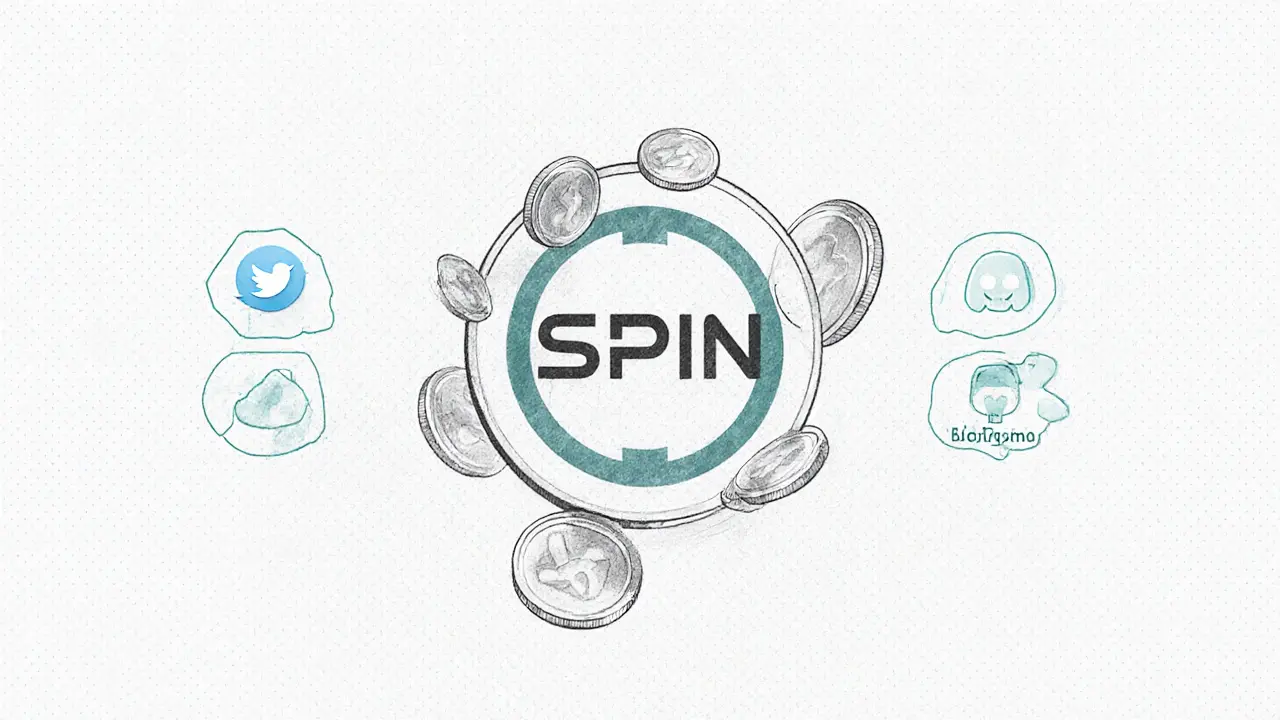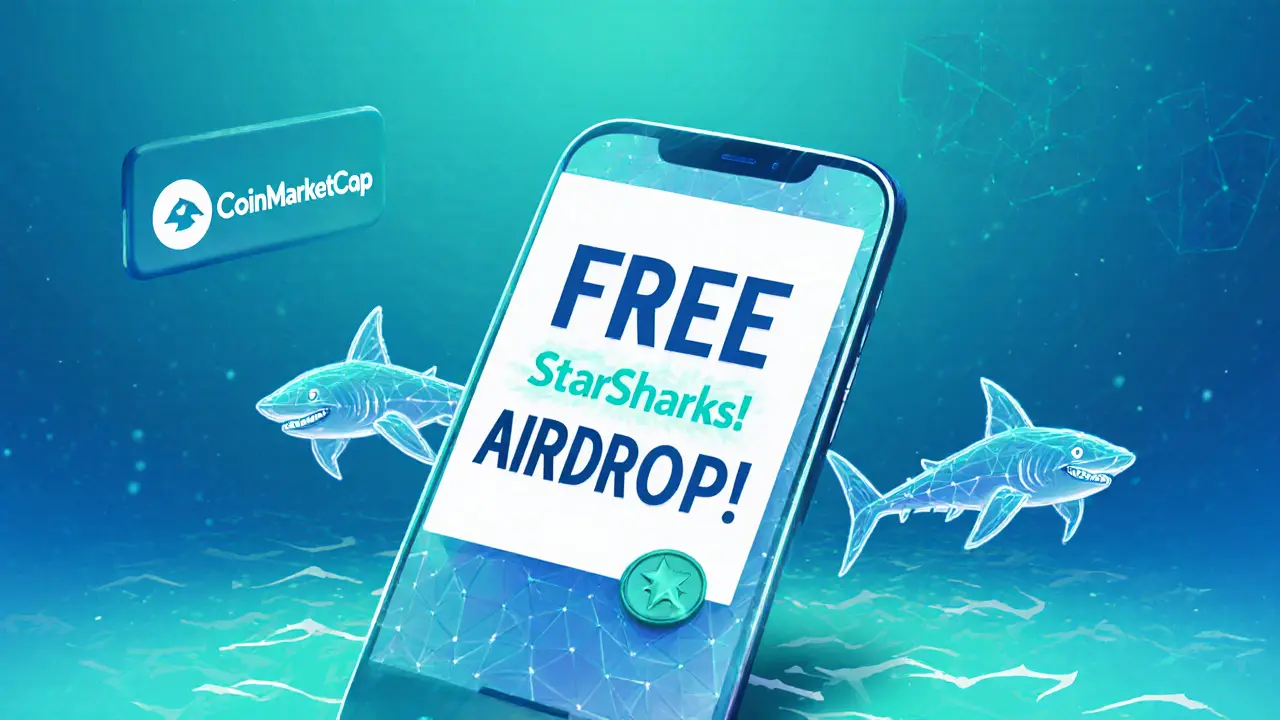GameFi Airdrop: Free Tokens, NFTs, and How to Grab Them
When diving into GameFi airdrop, the free distribution of tokens or NFTs linked to blockchain‑based games. Also known as gaming airdrop, it aims to kickstart a new game's ecosystem while rewarding early adopters. In simple terms, developers drop digital assets into wallets to spark community interest, bootstrap liquidity, and showcase in‑game utility. This practice bridges the worlds of gaming and finance, turning casual players into token holders overnight.
The broader arena is GameFi, blockchain games that combine play‑to‑earn mechanics with decentralized finance protocols. GameFi projects rely on two pillars: engaging gameplay and real‑value tokens. Airdrops feed both pillars by injecting assets that can be used for staking, governance, or buying in‑game items. When a new title launches, its token airdrop often includes a governance layer, letting holders vote on game balance or future features.
Why GameFi Airdrops Matter
First, they lower the entry barrier. New players receive assets without spending money, so they can test the game’s mechanics and decide if they want to invest further. Second, airdrops create network effects. As more wallets hold the token, trading volume rises, which in turn attracts liquidity providers and exchanges. Third, they act as marketing fireworks. Social media buzz around an airdrop can bring thousands of new users to a platform in a single day.
From a technical side, airdrops often use smart contracts that batch‑process thousands of claims. The NFT, non‑fungible tokens that represent unique in‑game items or collectibles airdrop works similarly, but each token has distinct metadata. Projects like the YOOSHI SHIB ARMY NFT airdrop demonstrated how limited‑edition NFTs can boost community hype and create secondary‑market trading opportunities.
Eligibility criteria vary. Some airdrops require holding a specific token (e.g., DVI airdrop for Dvision Network participants), others need you to complete simple tasks such as joining a Discord, retweeting a post, or staking a minimum amount. The RING token airdrop, for instance, demanded a snapshot of wallet balances on a certain date and a verification step on the RingDAO portal. Understanding each requirement saves time and prevents missed claims.
Claiming safely is crucial. Always verify the official claim URL, use a hardware wallet for large amounts, and double‑check contract addresses on block explorers. Beware of phishing sites that mimic a legitimate airdrop page. A quick rule: if an airdrop asks for private keys or asks you to send money to receive free tokens, it’s a scam.
Looking ahead, GameFi airdrops are evolving. Hybrid models now combine token and NFT drops, offering both fungible utility and unique collectibles. Some projects tie airdrop rewards to in‑game achievements, turning playtime into additional claims. As regulators tighten around token distributions, you’ll see more KYC steps, but the core idea—rewarding community members for early support—remains unchanged.
Below you’ll find a curated list of articles that break down specific airdrops, review claim processes, and compare platforms that host GameFi drops. Whether you’re hunting for the next free token or want to understand the risks, the posts ahead give you the practical insights you need to jump in with confidence.
SPIN Airdrop by Spintop: How It Worked, Who Got Tokens, and What Happened After
The SPIN airdrop by Spintop Network in 2021 gave 500 tokens to 5,000 early users. Learn how it worked, why guilds mattered, and why the project faded despite a smart launch.
VIEW MOREStarSharks (SSS) Airdrop Details: Myth, Reality & How to Spot Legit Offers
Clear guide on the real StarSharks (SSS) airdrop, why CoinMarketCap claims are false, and how to safely claim or avoid scams.
VIEW MORE

